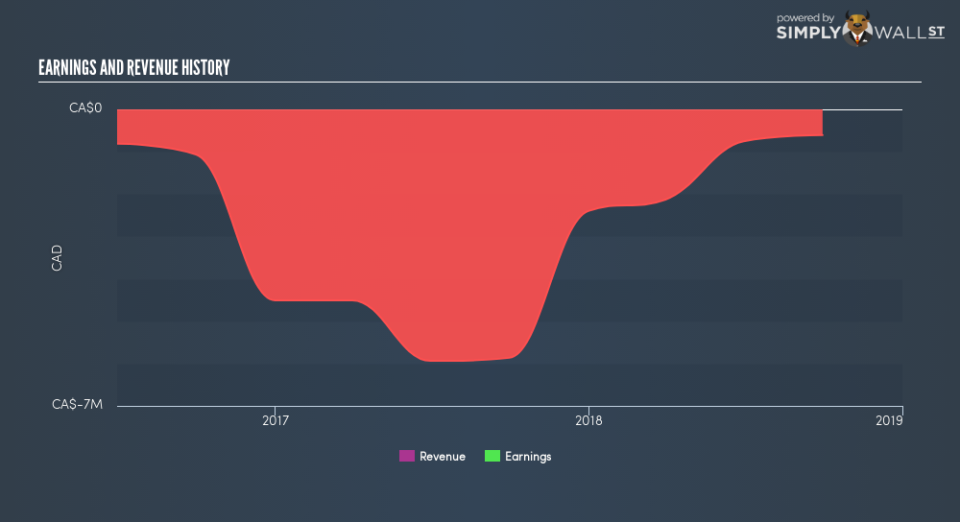Does The Black Sea Copper & Gold Corp. (CVE:BLS) Share Price Tend To Follow The Market?

Want to participate in a short research study? Help shape the future of investing tools and receive a $60 prize!
Anyone researching Black Sea Copper & Gold Corp. (CVE:BLS) might want to consider the historical volatility of the share price. Volatility is considered to be a measure of risk in modern finance theory. Investors may think of volatility as falling into two main categories. The first category is company specific volatility. This can be dealt with by limiting your exposure to any particular stock. The second type is the broader market volatility, which you cannot diversify away, since it arises from macroeconomic factors which directly affects all the stocks on the market.
Some stocks are more sensitive to general market forces than others. Beta is a widely used metric to measure a stock’s exposure to market risk (volatility). Before we go on, it’s worth noting that Warren Buffett pointed out in his 2014 letter to shareholders that ‘volatility is far from synonymous with risk.’ Having said that, beta can still be rather useful. The first thing to understand about beta is that the beta of the overall market is one. Any stock with a beta of greater than one is considered more volatile than the market, while those with a beta below one are either less volatile or poorly correlated with the market.
Check out our latest analysis for Black Sea Copper & Gold
What we can learn from BLS’s beta value
Given that it has a beta of 1.27, we can surmise that the Black Sea Copper & Gold share price has been fairly sensitive to market volatility (over the last 5 years). If this beta value holds true in the future, Black Sea Copper & Gold shares are likely to rise more than the market when the market is going up, but fall faster when the market is going down. Many would argue that beta is useful in position sizing, but fundamental metrics such as revenue and earnings are more important overall. You can see Black Sea Copper & Gold’s revenue and earnings in the image below.
Could BLS’s size cause it to be more volatile?
Black Sea Copper & Gold is a noticeably small company, with a market capitalisation of CA$879k. Most companies this size are not always actively traded. It takes less money to influence the share price of a very small company. This may explain the excess volatility implied by this beta value.
What this means for you:
Since Black Sea Copper & Gold tends to moves up when the market is going up, and down when it’s going down, potential investors may wish to reflect on the overall market, when considering the stock. This article aims to educate investors about beta values, but it’s well worth looking at important company-specific fundamentals such as Black Sea Copper & Gold’s financial health and performance track record. I highly recommend you dive deeper by considering the following:
Financial Health: Are BLS’s operations financially sustainable? Balance sheets can be hard to analyze, which is why we’ve done it for you. Check out our financial health checks here.
Other High-Performing Stocks: Are there other stocks that provide better prospects with proven track records? Explore our free list of these great stocks here.
To help readers see past the short term volatility of the financial market, we aim to bring you a long-term focused research analysis purely driven by fundamental data. Note that our analysis does not factor in the latest price-sensitive company announcements.
The author is an independent contributor and at the time of publication had no position in the stocks mentioned. For errors that warrant correction please contact the editor at editorial-team@simplywallst.com.

 Yahoo Finance
Yahoo Finance 
